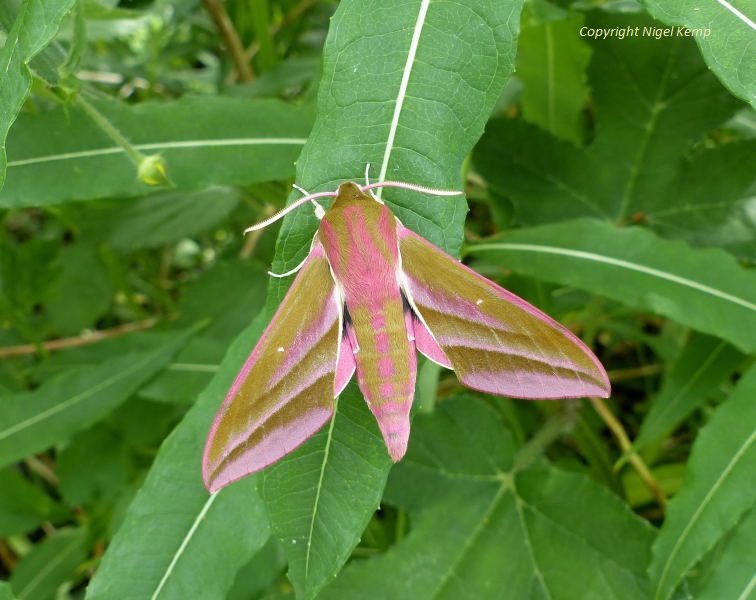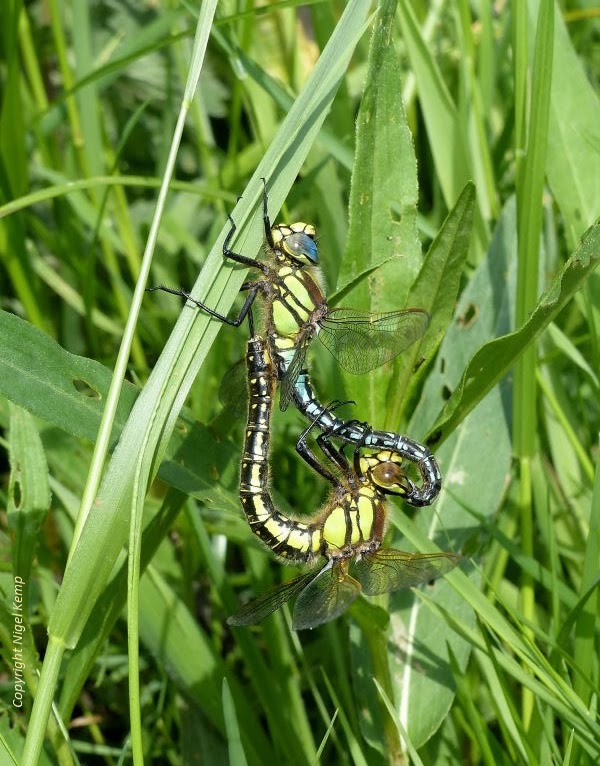If you think that moths are boring little brown things that eat clothes and blunder around your front room light in the evenings then think again.
About 2,500 species of moths occur in Britain and only about half a dozen of those can be described as clothes moths; mainly small moths from the family Tineidae.
Many of our native species are beautiful creatures and are deserving of close attention.
Here are a few that have been attracted to the garden moth trap over the last few weeks.
Elephant Hawkmoth (Deilephila elpenor)
Eyed Hawkmoth (Smerinthus ocellata)
Scarce Silver-lines (Bena bicolorana)
Alder Kitten (Furcula bicuspis)
Dot Moth (Melanchra persicariae)
Grey Dagger (Acronicta psi)
This species is virtually impossible to tell apart from the Dark Dagger (A.tridens) in the adult stage but I am pretty certain that this is psi on the grounds that I have only ever found the larvae of this species in my garden, which are very different from the larvae of tridens.
A walk in a Wealden wood on a warm dull day can be a good time to find moths sitting out in the open rather than hiding away from the sunshine.
Birch Mocha (Cyclophora albipunctata)
Nemophora degeerella (male)
The male of this Longhorn species has ridiculously long antennae.
Yellow Shell (Camptogramma bilineata)































